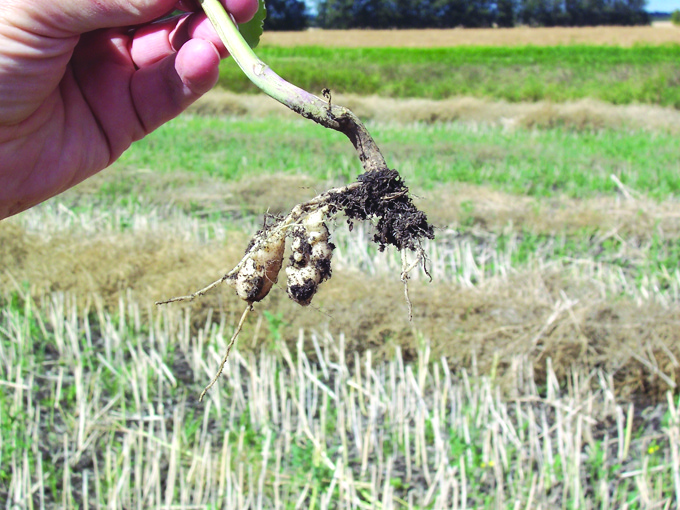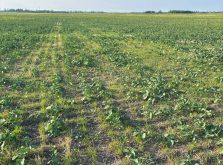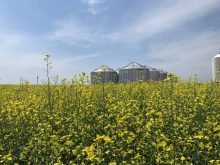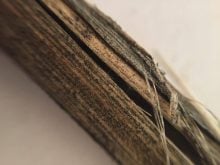It’s time to face facts: the risks associated with clubroot have become far too great to ignore — no matter where you’re growing canola. In fact, we actually saw an increase of clubroot confirmations in 2018
So, why the increase? For starters, clubroot spores are moving from field to field. As well, use of canola hybrids without a clubroot-resistant genetic package are allowing clubroot to establish. Warm, moist soils last spring provided ideal conditions for clubroot development, while non-resistant canola volunteers helped to propagate the disease.
Even if you don’t have clubroot it could be knocking at the door or lurking in your area. Start deploying resistant canola varieties before you start seeing clubroot symptoms.
Read Also

Claas brings 1000 Series SP forage harvesters to Canada
In mid-August, Claas unveiled its new line of Jaguar forage harvesters at an event in Visalia, California, deep in the heart of that state’s dairy region.
Don’t worry: planting a clubroot-resistant canola hybrid won’t wear out the genetic resistance if that field doesn’t contain the clubroot pathogens. If you get a minor infection, more disease spores will die than propagate.
Of course, we can’t depend solely on genetic resistance to defend against clubroot. Solid agronomic practices and proper rotations also play a big role in extending the useful life of resistant hybrids.















